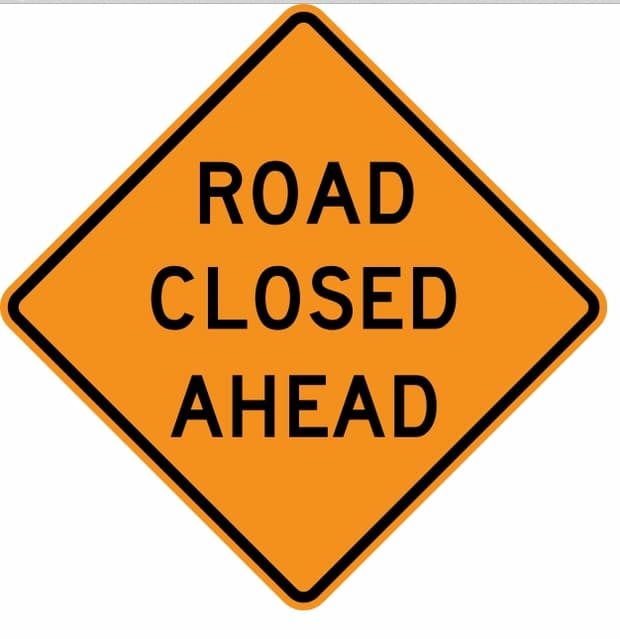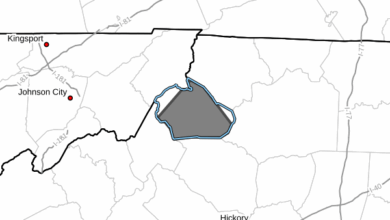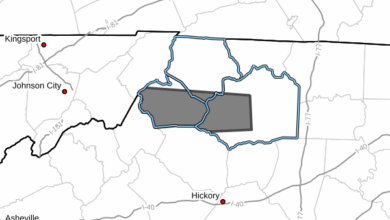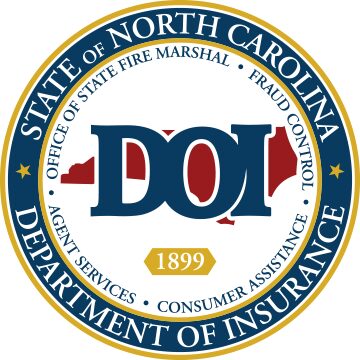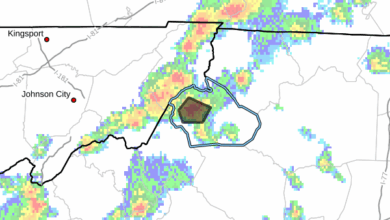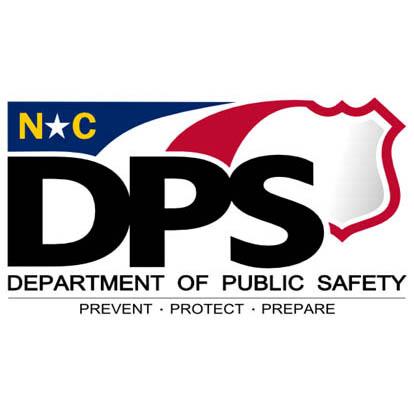
Last Updated on March 17, 2020 10:08 am
Friday, March 13, 2020 – 12:06pm
On Tuesday, March 10, Gov. Roy Cooper issued an executive order declaring a State of Emergency as part of North Carolina’s preparedness plan for the new coronavirus or COVID-19.
North Carolina is no stranger to State of Emergency declarations, with several being issued in anticipation of or response to hurricanes over the last few years.
A State of Emergency can be declared by a governor, local mayor, governing body of a municipality, county, chair of the board of county commissioners or the General Assembly. Declarations will include a description of the geographical area covered and can include lists of prohibitions and restrictions on certain activities to promote public safety.
At the state level, other executive orders may be issued along with the State of Emergency declaration. For instance, waivers for vehicle weight restrictions and driver hours of service limitations are often issued during hurricanes and winter storms to expedite shipping necessary goods for storm response.
Though “State of Emergency” may sound ominous, the impact it has on citizens is anything but threatening. A State of Emergency, according to state law, can be declared during a situation or imminent threat of widespread or severe damage, injury or loss of life or property, resulting from a natural or man-made cause. The definition also includes other hazards such as, terrorism, riot-related causes, and public health . A virus like COVID-19 (now classified as a pandemic by the World Health Organization) falls within th since it poses a public health threat and confirmed cases have been identified in the state.
The proactive declaration of a State of Emergency as part of the COVID-19 response was to allow for the coordination of necessary agencies and partners within state government, nonprofit and the private sectors. These partnerships are vital to emergency response efforts to provide impacted communities with the resources they need.
Facts About a State of Emergency
A State of Emergency:
- Activates the State Emergency Operations Plan
- Enables government officials to take extra measures to protect the public health and safety
- Triggers anti-price gouging laws
- Is the first step in seeking state or federal funding aid for emergency/disaster response if it is warranted
In short, a State of Emergency helps the necessary professionals (in this case first responders and health care professionals) quickly gain access to the resources they need to protect the public.
Over the years, some misconceptions have surfaced on how a State of Emergency impacts day-to-day activities, but many are incorrect, leading to confusion when a declaration is made.
A State of Emergency does NOT mean:
- Schools, businesses or government offices are automatically closed. (However, some school districts, colleges/universities and public/private employers may have established policies about closing during a declaration.)
- You cannot drive, unless specifically stated in the declaration.
- That a national State of Emergency has been declared.
All in all, when a governor or local body declares a State of Emergency, emergency managers are provided with the legal means they need to deploy resources and immediately respond to a crisis to protect lives and property.
A State of Emergency is not meant to raise concern or incite panic for residents in the impacted area. When it comes to a community, individuals should seek information from reliable sources and follow appropriate safety measure to stay healthy.







